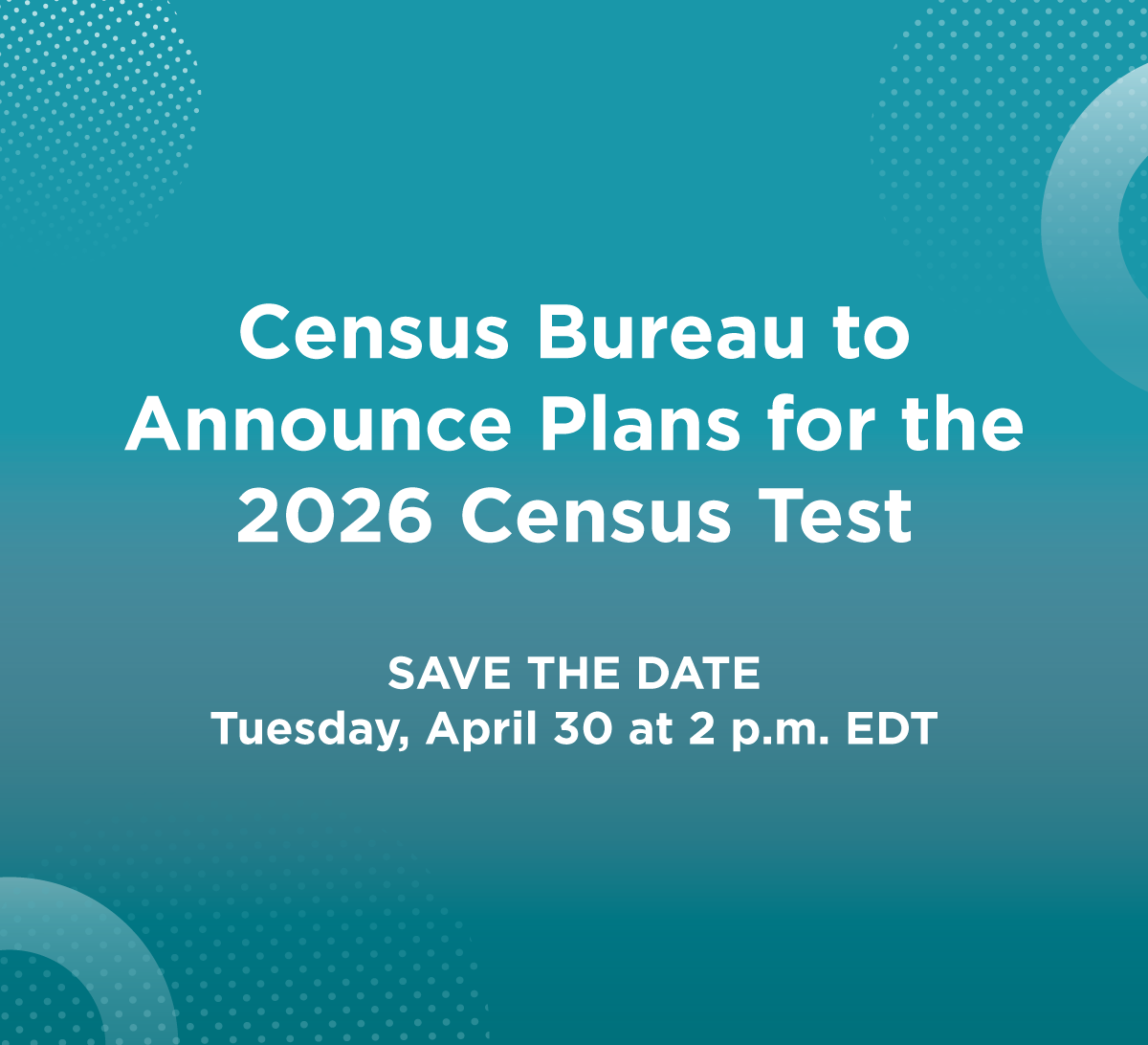Census Bureau Statistics Show Origin and Destination of the Nearly 17 Million Who Move Between Counties Each Year
For Immediate Release: Thursday, February 06, 2014
Census Bureau Statistics Show Origin and Destination of the Nearly 17 Million Who Move Between Counties Each Year
About 16.8 million people moved into a different county within a year in the U.S., between 2007 and 2011, with the most common county-to-county moves being from Los Angeles to San Bernardino, Calif. (41,764 people) and Los Angeles to Orange, Calif. (an estimated 40,764), according to U. S. Census Bureau data released today.
The County-to-County Migration Flows Tables, which use data collected by the American Community Survey between 2007 and 2011, show how many U.S. residents move from one specific county to another during the course of a year.
These statistics show that about 6 percent of the population age 1 and older move in a year across county lines or from abroad. The county-to-county migration flows tables show this information cross-tabulated by educational attainment, individual and household income.
“One county ─ Arizona’s Maricopa ─ really stands out in terms of the number of counties it gains people from and loses them to,” said William Koerber, a demographer with the Census Bureau’s Journey-to-Work and Migration Statistics Branch.
Among all the nation’s counties, Maricopa gained movers from the largest collection of counties (957). Maricopa (which contains the city of Phoenix) also lost movers to the largest number of counties (1,190).
Besides the Los Angeles and Riverside-San Bernardino metro areas, the rest of the top 20 flows of movers also consisted of people moving between counties in the Miami, Detroit, Chicago, Phoenix, Dallas, Atlanta, Houston, New York and Baltimore metro areas.
Online Data Tools: Census Flows Mapper
The Census Bureau has updated its online mapping tool, the Census Flows Mapper, with the 2007-2011 American Community Survey statistics, permitting users to visualize these figures. One may select any county in the nation and view which counties had outbound flows from that county, inbound flows to that county, and a net gain or net loss in the exchange. One may also filter the map by educational attainment and income levels.
The application allows users to download statistics, zoom in and out on the map to an area of interest, view additional statistics of the selected county and save their map as a PDF file.
Also released today was a PowerPoint tutorial [PPT - 2.0 MB] on how to navigate the tables and mapping tool and a working paper, 2007-2011 County-to-County Flows [PDF - <1.0 MB], which analyzes some findings.
Other county-level highlights:
- There was a large net influx of movers to the southwest and parts of Florida and Colorado. Counties experiencing a net loss were concentrated along the Southern California coast, South Florida and the New York metro area.
- When including flows from abroad, one of the five largest flows was the 35,209 who moved from Asia to Los Angeles County, Calif.
- Besides Maricopa, four other counties lost movers to more than 1,000 different counties: Cook, Ill.; Los Angeles, Calif; Harris, Texas; and San Diego, Calif.
- The largest domestic migration inflows of the population 25 and older with graduate or professional degrees were to Los Angeles County, Calif., New York County (Manhattan), N.Y., Cook County (Chicago) Ill., Middlesex County, Mass.; and Fairfax County, Va. Each of the counties, except for Fairfax, also had among the five largest outflows for this group.
- There were relatively large flows of graduate or professional degree holders from Los Angeles to Manhattan, the District of Columbia to Manhattan, the District of Columbia to Cook County, Ill., Manhattan to Middlesex County, Mass., Cook to Manhattan, Manhattan to Los Angeles and Middlesex to Manhattan.
- About 7,850 graduate or professional degree holders moved into Suffolk County (Boston), Mass., during the one-year period. That means that for every 100 residents in the county with this level of education, 9.8 of them moved into the county during the previous year ─ among the highest rates of any large county in the nation. Conversely, for every 100 residents with this level of education, 13.8 moved to a different county, also among the highest rates in the country. (Educational attainment levels pertain to the time a person is surveyed, rather than the time of the move.)
Besides the county-to-county flow tables, there are also tables that contain flows for minor civil divisions for Connecticut, Maine, Massachusetts, Michigan, Minnesota, New Hampshire, New Jersey, New York, Pennsylvania, Rhode Island, Vermont and Wisconsin.
Find Your Ideal Place with Census Bureau’s Newest App
People considering a move can now easily access and explore information on U.S. towns and cities with dwellr, the newest Census Bureau mobile app. This app helps people on the go access key demographic, socio-economic and housing statistics for thousands of places across the nation. Powered by American Community Survey statistics, dwellr can pull up a list of U.S. locations that matches users’ preferences for such variables as city size, geographic region, job type and income. Users can also learn more about where they are with a simple tap of the screen that reveals educational levels, housing values and commute times.
About the American Community Survey
The American Community Survey provides a wide range of important statistics about all communities in the country. It gives communities the current information they need to plan investments and services. Retailers, homebuilders, police departments, and town and city planners are among the many private- and public-sector decision makers who count on these annual results.
Ever since Thomas Jefferson directed the first census in 1790, the census has collected detailed characteristics about our nation’s people. Questions about jobs and the economy were added 20 years later under James Madison, who said [PDF - 3.9 MB] such information would allow Congress to “adapt the public measures to the particular circumstances of the community,” and over the decades allow America “an opportunity of marking the progress of the society.”
-X-









